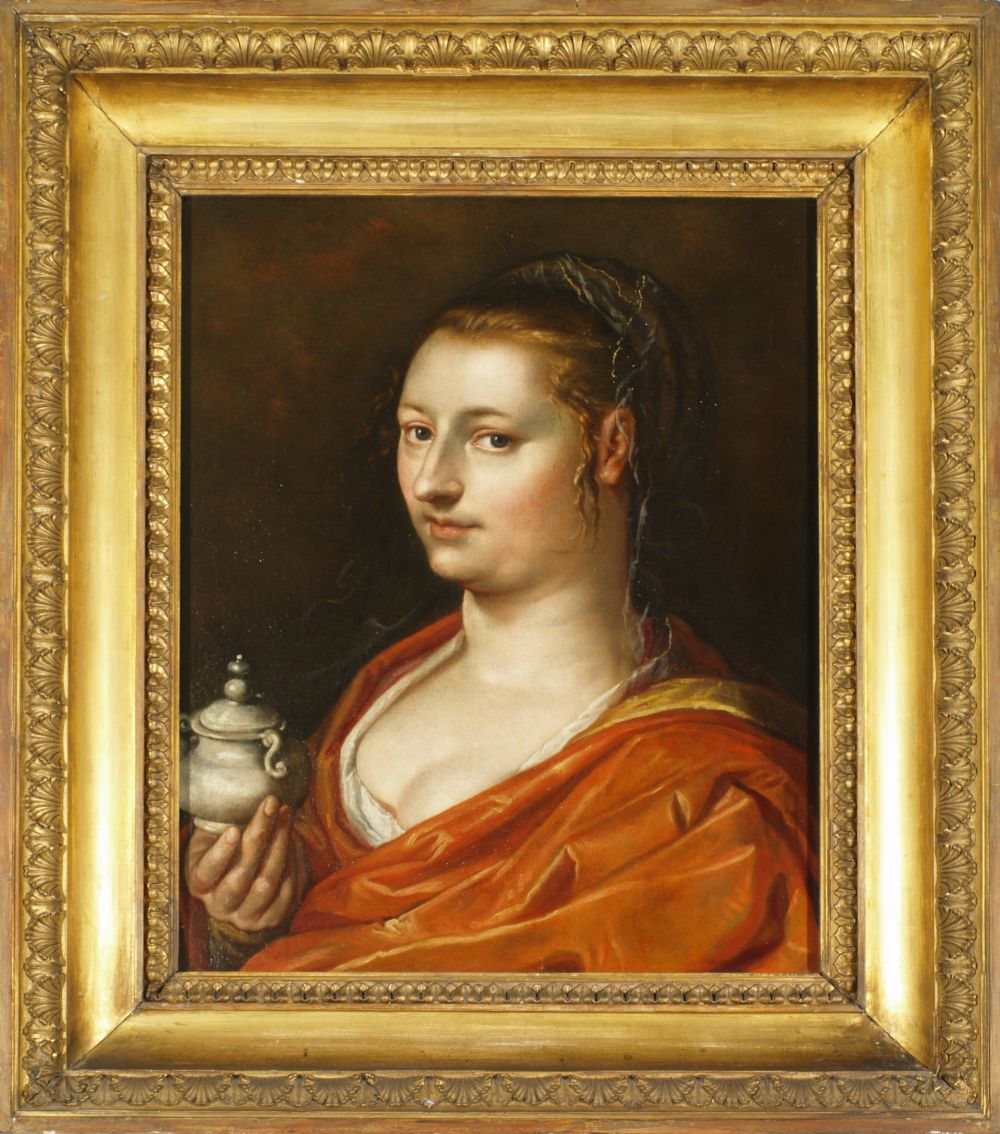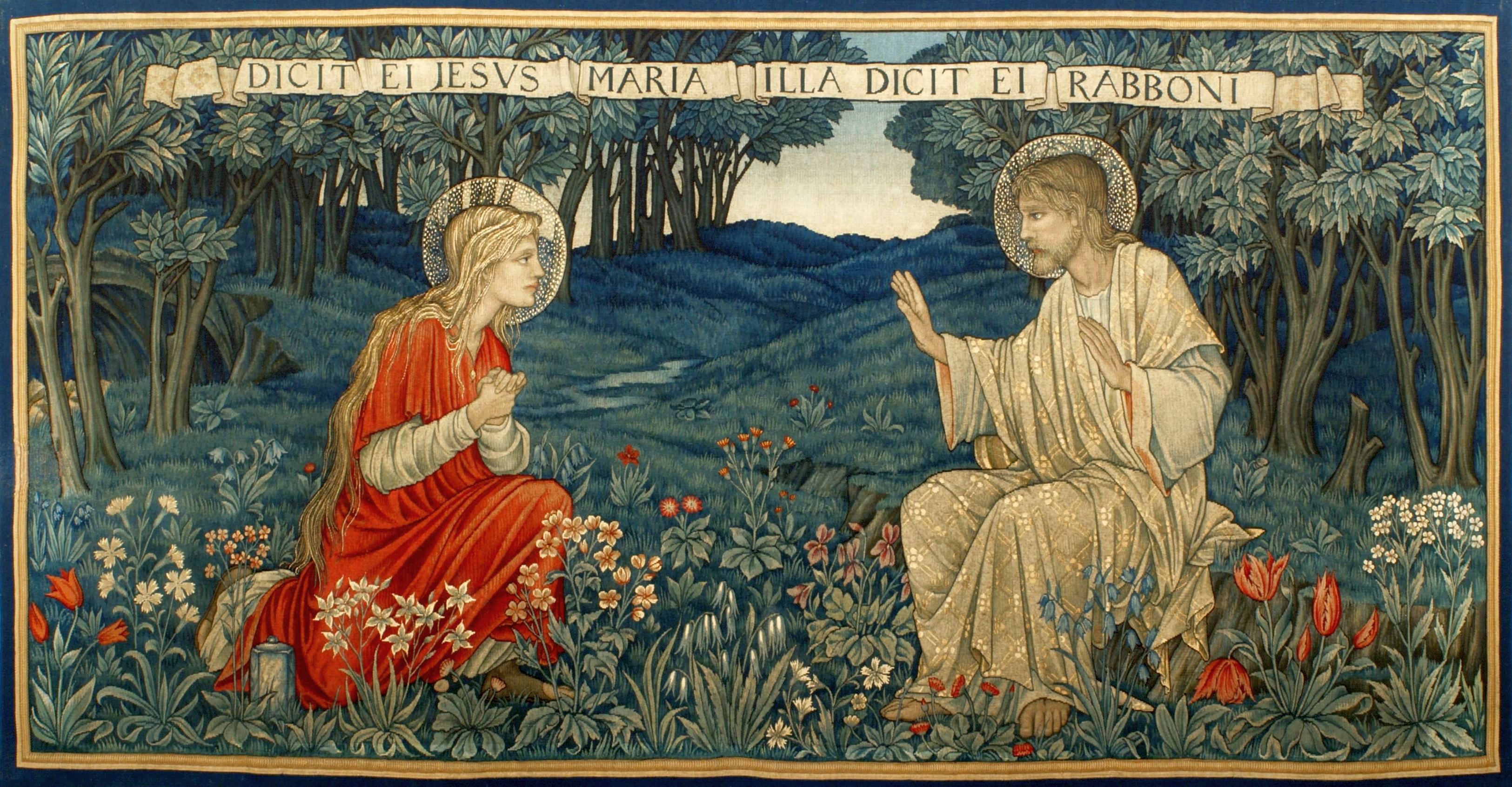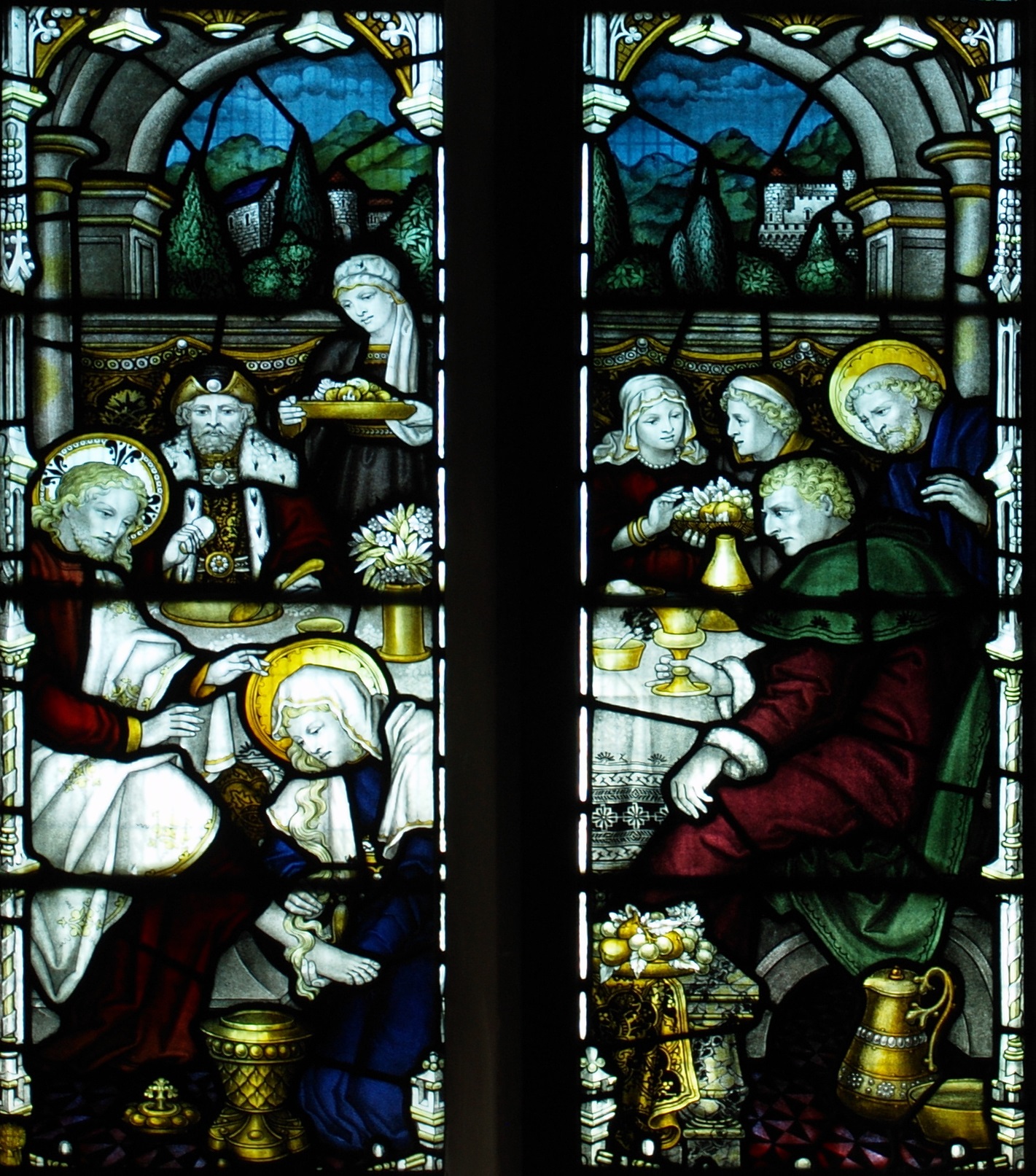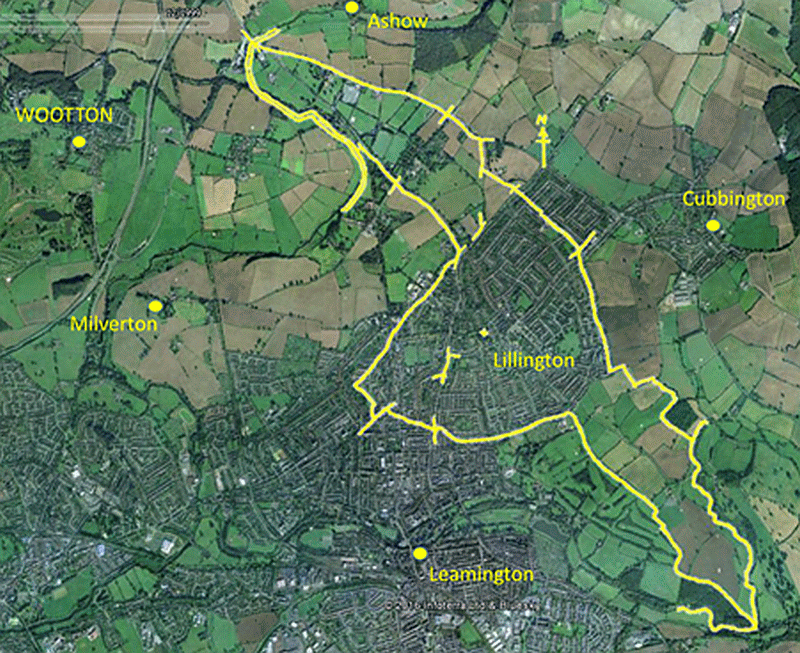Who is Mary Magdalene?
Mary Magdalene is the patron saint of Lillington Parish Church, and of 225 other Anglican churches in England. She has an Oxford and a Cambridge college dedicated to her, she is patron of repentant sinners and of the contemplative life, and her feast day is 22nd July.
She was the follower of Jesus from whom he had cast out seven demons, who stood near the cross with Jesus’ mother watching as he died, who went to the tomb to anoint his body, and to whom the risen Jesus appeared on the first Easter morning.
Mary Magdalene has often been identified with two other women mentioned in the Gospels – with Mary the sister of Martha and Lazarus of Bethany, and with the unnamed woman who was a sinner, who anointed Christ’s feet as he ate with his disciples at the house of Simon. In art, Mary Magdalene very often holds the pot of ointment that links these three women.
The name Magdalene connects her to a settlement named Magdala on the western shore of the Sea of Galilee, near the present Israeli town of Migdal where a first century synagogue was found in 2009.

She is named as one of Jesus’ followers by Luke, and she appears in every Gospel account of the first Good Friday and Easter. There is no further reference to her in the Bible to tell us anything of her life after Christ’s resurrection, but legend has supplied many apocryphal details very popular in the Middle Ages.
A pious story of the Eastern Church had her travel to Ephesus with Jesus’ mother Mary and the apostle John. She died there, and her tomb was still to be seen in the 8th century.
In the West it was said that with Martha and Lazarus she evangelised Provence, in south east France, that she lived as a hermit in the Maritime Alps and died at Saint Maximin. Afterwards, Vézelay in Burgundy also claimed to have her relics.
Modern myths have proved equally popular. Mary Magdalene plays a vital part in the plot of Dan Brown’s Da Vinci Code, a best-selling novel taking in a range of conspiracy theories and cryptic locations in France and Britain, and naturally including speculation on the reality of the Holy Grail.
In Lillington Lady Chapel is the ‘Portrait of a Woman as Mary Magdalene’ attributed to Hendrick Golztius (1558 – 1617). She holds the traditional pot in her right hand, and her manner is not especially modest. The picture has been in the church since the 1930’s, but its provenance is otherwise unknown.
Also in the Lady Chapel is a Morris & Co. tapestry, ‘In the Garden’, made in 1910. It represents the meeting on the first Easter morning between Mary Magdalene and the risen Christ. The legend above translates – Jesus said to her ‘Mary’. She said to him ‘Master’.

In the north aisle, a window depicts the scene in Mark’s Gospel (c14: v8) where a woman, traditionally identified with Mary Magdalene, anoints Christ’s feet in the house of Simon the Leper. It was made by CE Kempe & Co. in 1908 and is probably the best stained glass in the church.

How long has Lillington Church been dedicated to Saint Mary Magdalene?
All churches are dedicated to God, but by the 4th century it was common practice to dedicate a Christian place of worship to one or more patron saints, though many remained undedicated until the 1200’s.
From Saxon times, Lillington, Leamington, Cubbington, Milverton, and Ashow were all part of the minster parish of Wootton, whose priests will have travelled the area to preach and collect their dues. As numbers and wealth increased, chapels and churches were built in each settlement, perhaps by the priests of Wootton, but more likely by the local landowners, and by about 1250 these were made separate parishes with their own priests.
Leamington (the original parish church, there are many other modern churches), like the mother church at Leek Wootton, is dedicated to All Saints; Lillington to Saint Mary Magdalene, Cubbington to Saint Mary, the mother of our Lord, Milverton to Saint James (the Great), and Ashow to the Assumption of our Lady. St Mary and All Saints are the two most common Anglican church dedications in England. Mary Magdalene and St James are far less common, and there are only twenty dedications to the Assumption.

Churches in towns are often referred to by their dedications from an early date to distinguish them from each other. For example, Saint Michael’s, Coventry, now the cathedral, was first mentioned by name in a charter made in 1148. In rural areas there was no such need, and the first known reference to Lillington’s dedication to Saint Mary Magdalene is found in Dugdale’s Antiquities of Warwickshire in 1656.
The Saxon chapel at Lillington became a parish church with its first vicar in 1252. Most probably Mary Magdalene became patron saint of Lillington then, chosen by the Priory of Kenilworth as owner of the church and the larger part of the manor. Why might the prior link Lillington with Mary Magdalene - Repentance? Contemplation? Or the Holy Grail?
Whatever the reason, we hope the sun was shining for the dedication that day in 1252 – surely it was 22nd July – and the prior laid on a proper feast for the villagers on the feast day of Saint Mary Magdalene.
Richard TaulbutReferences:
The Oxford Dictionary of Saints, David Farmer, fifth edition, 2003.Wikipedia - Dedications of churches in the Church of England
Church of England dedications
Victoria County History of Warwick, vol 8; the City of Coventry, Churches, Introduction pp 316-321, footnote 49
Dugdale's Antiquities of Warwickshire, 1656, p203/204










